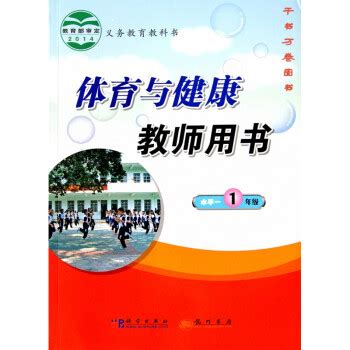Physical education is an integral part of the curriculum in elementary schools, playing a crucial role in fostering holistic development among students. In China, the People's Education Edition serves as a foundational resource for educators, providing structured guidance on various subjects, including physical education. Let's delve into the key components of the People's Education Edition for elementary school physical education and explore its significance.
The People's Education Edition for elementary school physical education is meticulously designed to cater to the developmental needs of young learners. It emphasizes the cultivation of physical fitness, motor skills, sportsmanship, and an appreciation for physical activities. The curriculum is structured to be comprehensive, incorporating theoretical knowledge, practical skills, and experiential learning.
1.
2.
3.
4.
5.
The People's Education Edition advocates for studentcentered teaching approaches that promote active participation, experiential learning, and skill development. Teachers are encouraged to incorporate a variety of instructional strategies such as demonstrations, guided practice, peer teaching, and cooperative learning activities. Furthermore, the curriculum emphasizes the importance of providing differentiated instruction to accommodate the diverse needs and abilities of students.
Physical education is not isolated from other subjects but is integrated into the broader curriculum framework. Teachers are encouraged to create interdisciplinary connections, linking physical education with subjects like mathematics (e.g., measuring distances in running events), science (e.g., understanding the physiological effects of exercise), and language arts (e.g., writing reflections on sports experiences).
Assessment in elementary school physical education focuses on both formative and summative aspects. Formative assessment strategies include observation, skill checklists, selfassessment, and peer assessment, allowing teachers to monitor students' progress and provide timely feedback. Summative assessment may involve performance evaluations, written tests, and portfolio assessments, providing a comprehensive overview of students' learning outcomes.

The People's Education Edition for elementary school physical education provides a structured framework for fostering students' physical, social, and emotional development. By incorporating a balanced blend of physical activities, skill development, health education, and cultural appreciation, the curriculum equips students with essential competencies for leading active and healthy lifestyles. Through studentcentered teaching strategies, interdisciplinary connections, and comprehensive assessment practices, educators play a pivotal role in delivering quality physical education experiences that empower young learners.
People's Education Press. (Year). Title of the Textbook.
Ministry of Education, China. (Year). National Standards for Physical Education in Elementary Schools.
Relevant Academic Journals and Research Publications.